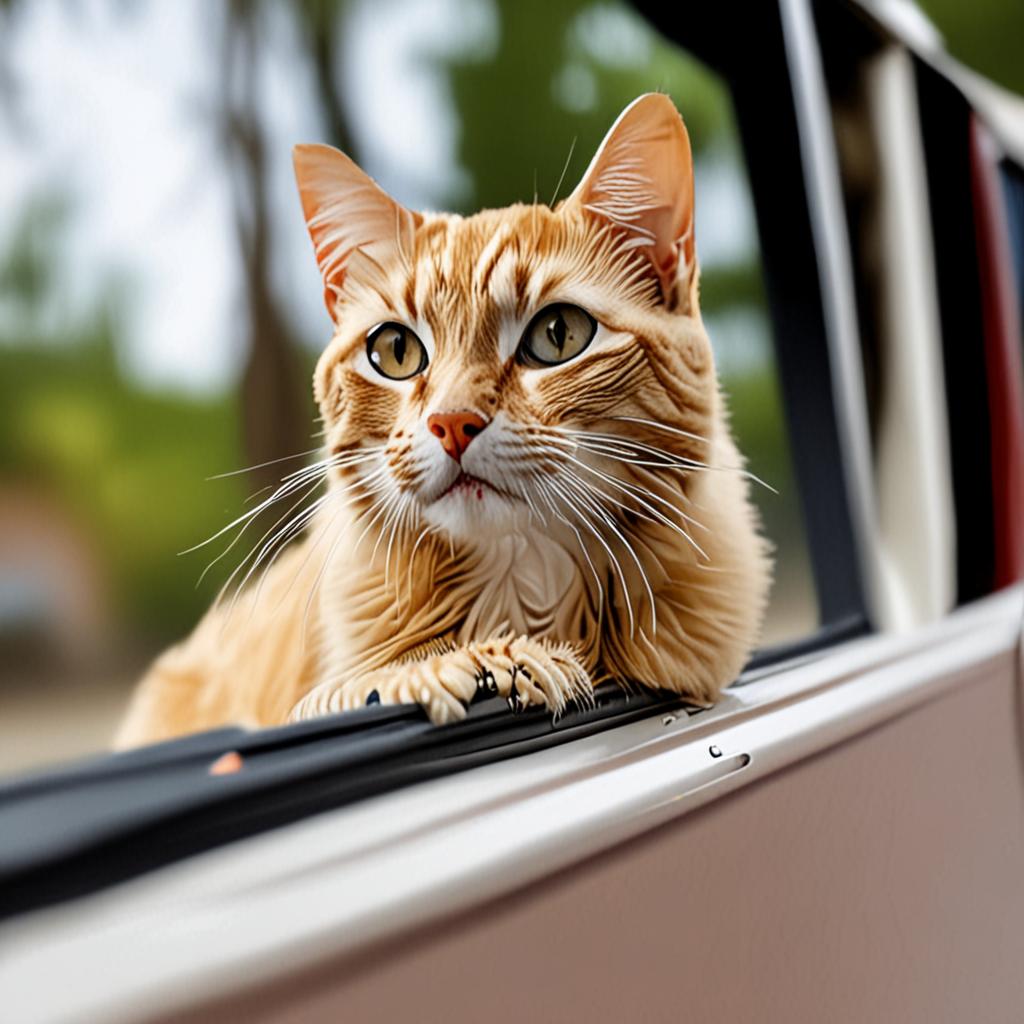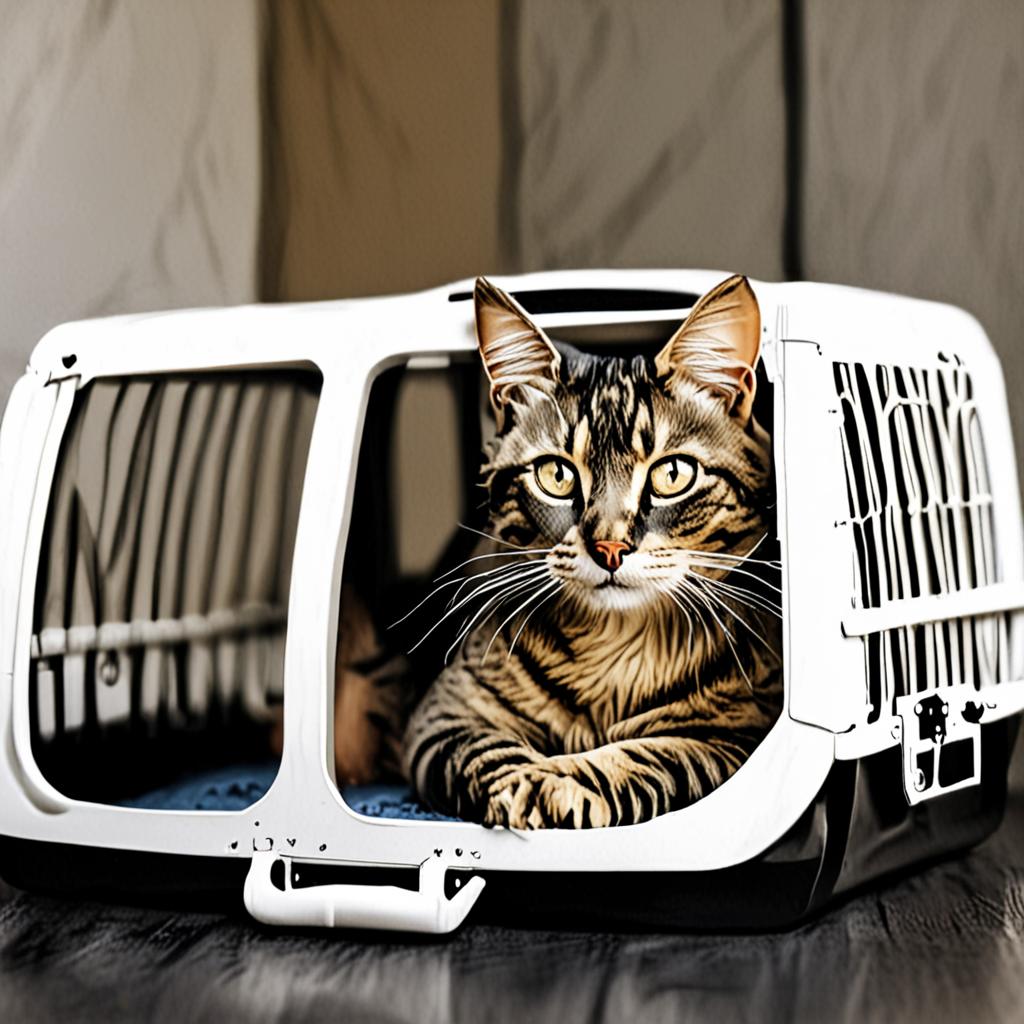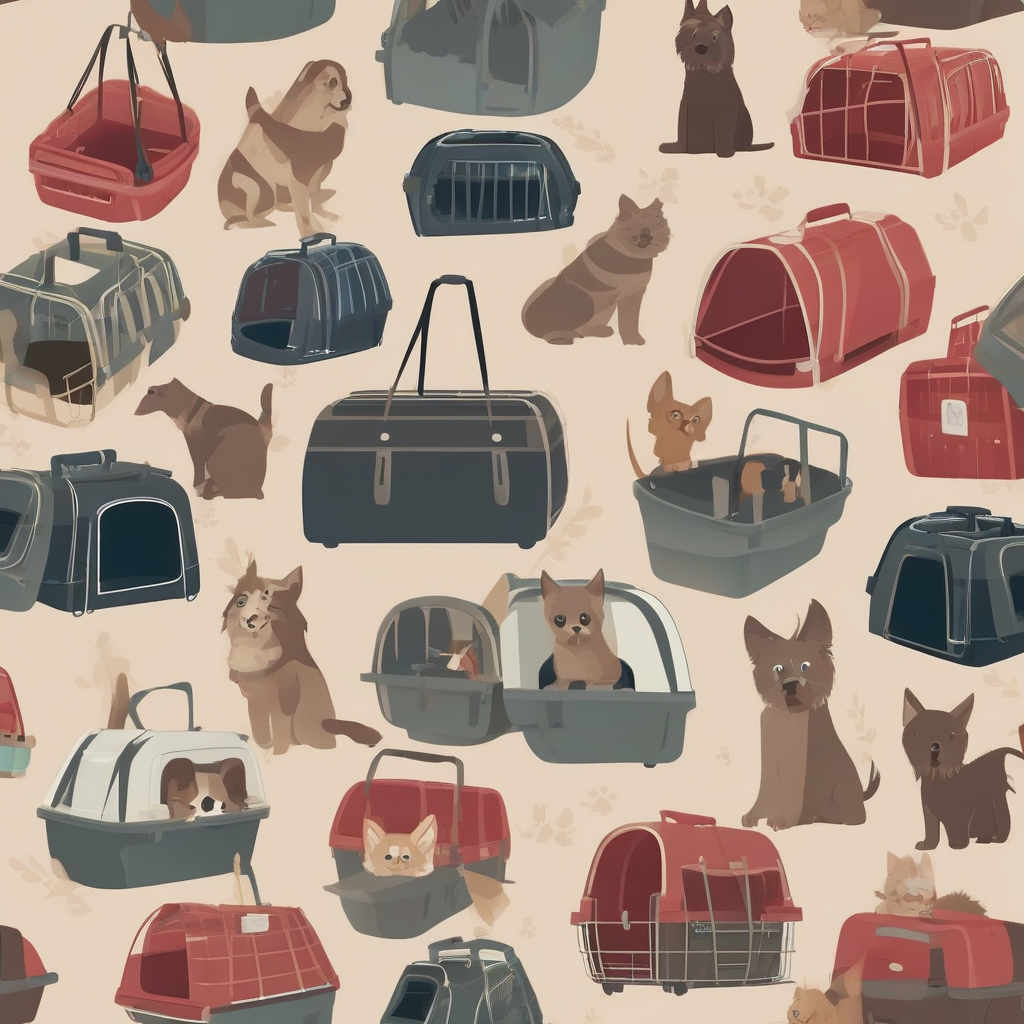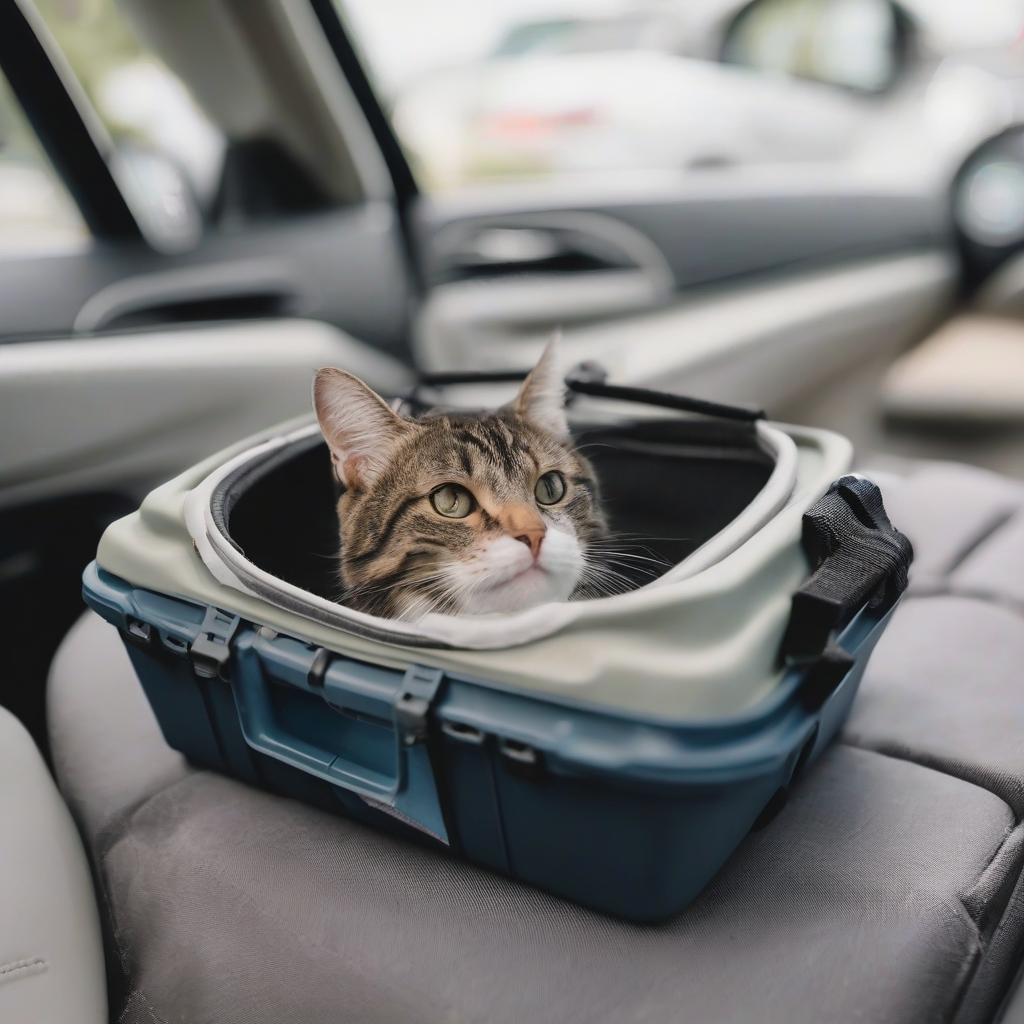The Cat Is Finally in the Car: A Comprehensive Guide to Feline Travel

For years, the age-old question has plagued cat owners everywhere: how do I safely and comfortably transport my feline friend? The internet is awash with conflicting advice, from precarious DIY carriers to expensive, high-tech options. The truth is, there's no one-size-fits-all answer, but this comprehensive guide will navigate you through the essential considerations, ensuring a smooth and stress-free journey for both you and your cat.
Preparing Your Feline for the Journey
Before even considering the car itself, you must prepare your cat for the experience. Many cats have a deeply ingrained aversion to travel, stemming from a natural wariness of unfamiliar environments and the unpredictable nature of car journeys. Therefore, acclimatization is key.
Start by introducing your cat to their carrier well in advance of the trip. Leave the carrier open in a familiar, comfortable area of your home. This allows your cat to explore it at their own pace, associating it with positive experiences, such as playtime or treat-dispensing. Place a familiar blanket or toy inside to further enhance feelings of comfort and security.
Over several days leading up to the trip, gradually increase the duration your cat spends in the carrier. Start with short periods, rewarding them with treats and praise when they enter willingly. Gradually extend the time, eventually leaving them inside for short periods while the car is parked. This helps desensitize them to the carrier's presence and the potential vibrations of a stationary vehicle.

It's crucial to understand your cat's personality and temperament. Some cats are naturally more adaptable and less prone to anxiety than others. If your cat shows signs of extreme stress or fear, you might consider consulting your veterinarian. They can advise on appropriate calming aids, such as pheromone sprays or calming treats, which can significantly reduce anxiety during travel.
Choosing the Right Carrier
The choice of carrier is paramount. A poorly designed or unsuitable carrier can exacerbate your cat's anxiety and potentially lead to injury. Consider the following factors:
- Size: The carrier must be large enough for your cat to stand, turn around, and lie down comfortably. Avoid carriers that are too small, as this can cause stress and discomfort.
- Material: Sturdy, well-ventilated carriers made from durable plastic or fabric are preferable. Ensure the carrier is escape-proof, with secure latches and no gaps or openings your cat could exploit.
- Ventilation: Adequate ventilation is crucial, especially during warmer months. Look for carriers with multiple vents or mesh panels to ensure fresh air circulation.
- Security: Choose a carrier with strong latches and a secure closure mechanism to prevent accidental escapes.
- Comfort: Line the carrier with a soft, absorbent bedding to provide cushioning and comfort. A familiar blanket or toy can further enhance your cat's sense of security.

Avoid using flimsy cardboard carriers, which offer minimal protection and can easily be damaged during transit. Hard-shell carriers provide superior protection in the event of an accident.
The Journey Itself
Even with thorough preparation, the actual car journey can be stressful for your cat. Here are some tips to make it as smooth as possible:
- Secure the Carrier: Ensure the carrier is securely fastened in the car, using a seatbelt or appropriate restraint system. This prevents the carrier from moving around during sudden braking or acceleration. Never place the carrier in the passenger seat in case of an airbag deployment.
- Temperature Control: Maintain a comfortable temperature inside the car, avoiding extreme heat or cold. Open windows slightly for ventilation, but ensure the carrier remains secure to prevent drafts.
- Minimize Movement: Drive smoothly and avoid sudden stops or jerky movements. Keep the car journey as calm and relaxed as possible.
- Provide Distraction: Some cats respond well to calming music or white noise. Experiment to find what works best for your cat. Avoid using loud music or anything overly stimulating.
- Regular Breaks: If your journey is long, plan for regular breaks to allow your cat to stretch their legs and relieve themselves. Never leave your cat unattended in the car.
- Hydration: Provide fresh water throughout the journey. Consider a travel water bowl or a small container that can be attached to the carrier.

Post-Journey Care
After arriving at your destination, allow your cat time to adjust to their new environment. Release them from the carrier gradually, allowing them to explore at their own pace. Provide access to food, water, and a litter box. If your cat seems stressed or anxious, continue to provide reassurance and comfort.
Addressing Potential Problems
Despite your best efforts, some cats may experience motion sickness during travel. Symptoms include vomiting, drooling, and restlessness. If this occurs, consult your veterinarian who might recommend medication to alleviate these symptoms.
Other cats may experience extreme anxiety, which could manifest as excessive vocalization, hiding, or aggression. Consult your vet if you are concerned about your cat's well-being. They can advise on appropriate calming strategies and medications to ensure a safe and comfortable journey.
Planning a safe and stress-free car trip for your feline friend requires careful preparation and consideration. By following these guidelines, you can make the experience as positive as possible for both of you. Remember, patience and understanding are crucial when dealing with a nervous cat, and the rewards of a successful journey will be well worth the effort.